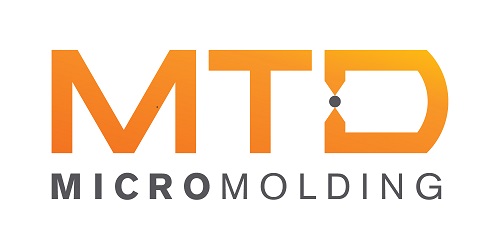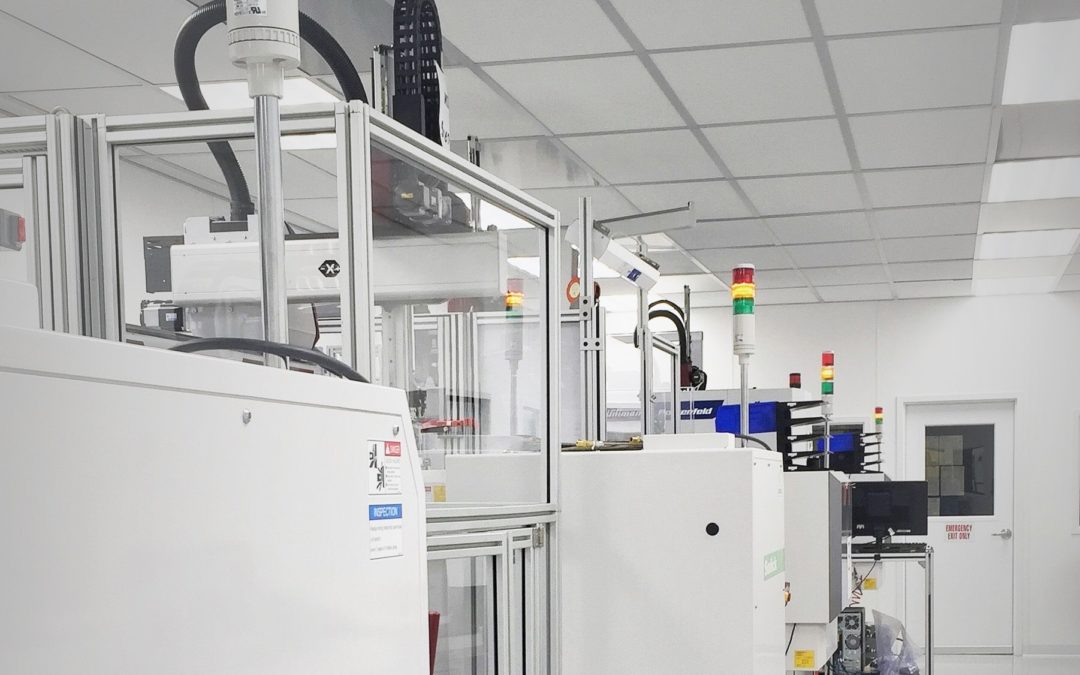How is medical micromolding different?
Medical micro injection molding requires much more specialized equipment than traditional micro injection molding.
In conventional micro injection molding machines, the screw performs four basic actions: melt, feed, convey and inject the polymer. MTD’s advanced medical micromolding machines utilize a screw-over-plunger design, where the screw only melts, feeds, and conveys the polymer into the plunger cavity.
As you can see in the comparison below, this has several advantages, but the most basic are that we can control residence time at high heats and we do not shear all of the material in the barrel. The advantages lead to very tangible results for our customers: cost savings from less material usages and faster product development timeframes.
Advanced Medical Micro Molding
- Optimized runner systems
- [Unrecoverable] minimal material waste, by volume
- Violent molding process (fast, high temp, high shear rates)
- Tight/stringent process windows
- Macromolding guidelines do not apply
- Without EOAT, robots, and cameras, there is a high risk of mold and cell damage
- Tightly married tooling and molding processes – key to success
- Cold runner systems more common
- No material regrind option
- Good fit for Engineering/Exotic/Bioabsorbable materials
- Highly complex detail achievable
Conventional Injection Molding
- Long/larger runners
- Increased material waste
- Less-violent molding process
- More latitude in process window development
- Macromolding guidelines do apply
- Robotic part removal does not always add value
- Less shear sensitivity
- Hot runner systems more common
- Material regrind is common
- Bad fit for Engineering/Exotic/Bioabsorbable materials – normal material waste too expensive to justify
- Highly complex detail not achievable

